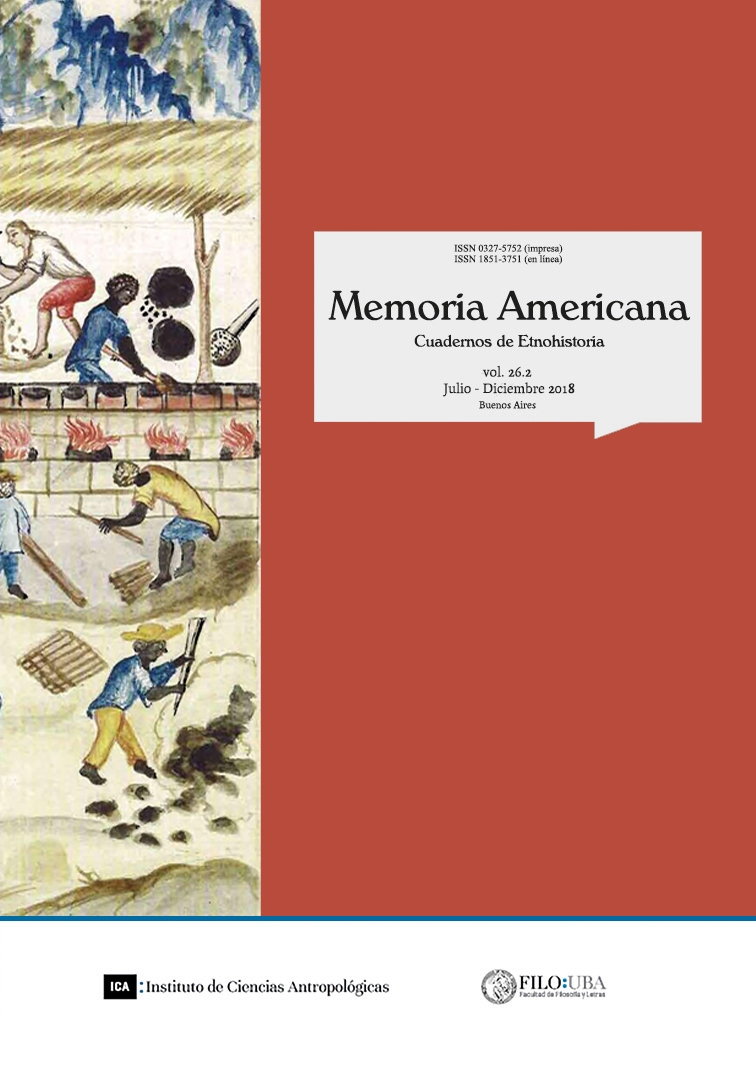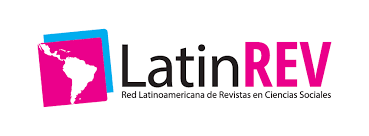Mining, environmental degradation and archaeology. Minas Gerais, Brazil 18th Century
Abstract
By late 17th century Brazil’s central region was the scenario of an intensive process of mineral exploitation -gold and diamonds- which came to be known as “Golden Cycle”. Using techniques developed due to environmental conditions, the mining activity provoked impact on the landscape and environment which can be identified as archaeological records at present. Destruction of the vegetation cover, radical changes in the natural form of the land, the silting and dryness of watercourses are some of the consequences the extraction process caused. Nowadays, the old exploited areas present evidences of a natural recovery, placing the archaeological remains as elements to be preserved, both from a patrimonial and environmental perspective. This paper studies the way in which these vestiges are presented as well as its relevance for the study of the history of mining, environmental degradation and patrimonial issues.Downloads
References
Alexiades, M. (1996). Selected guidelines for ethnobotanical research: a field manual. New York, New York Botanical Garden.
Castro, G. (1993). “Ecologia da Vegetação de Corredores Ecológicos Naturais Originários de Valos de Divisa”. Tese de Doutorado em Engenharia Florestal. Universidade Federal de Lavras (UFL). Minas Gerais, Brasil.
Castro, G. C. (2004). “Análise da estrutura, diversidade florística e variações espaciais do componente arbóreo de corredores de vegetação na região do Alto Rio Grande, Minas Gerais”. Dissertação do Mestrado em Engenharia Florestal, UFL. Minas Gerais, Brasil.
Guimarães, C. M. (1988). Os quilombos do século do Ouro (Minas Gerais, século XVIII). Estudos Econômicos 18 (número especial): 7-43. São Paulo, Universidade de São Paulo (USP).
Guimarães, C. M. (1995). Quilombos e Política (MG Século XVIII). Revista de História 132: 69-81. São Paulo, USP.
Guimarães, C. M. (1996). “Mineração, Quilombos e Palmares - Minas Gerais no século XVIII” em Reis, J.J & F. S. Gomes, Liberdade por um fio. História dos quilombos no Brasil: 139-163. São Paulo, Companhia das Letras.
Guimarães, C. M. & L. M. Reis (1986). Agricultura e escravidão em Minas Gerais (1700/ 1750). Revista do Departamento de História 1 (2): 7-36.
Guimarães, C. M. & F. M. da M. Reis (2007). “Agricultura e Mineração no século XVIII” em Resende, M. E. L & C. L. Villalta, História de Minas Gerais: as Minas setecentistas, vol.1. Belo Horizonte, Ed. Autêntica.
Moraes, F. B. de (2007). “De arraiais, vilas e caminhos: a rede urbana das Minas Coloniais” in Resende M. E. L. de & L. C. Villalta (coords.), História de Minas Gerais: As Minas Setecentistas 1: 55-85. Belo Horizonte, Ed. Autêntica/ Ed. Companhia do Tempo.
Paiva, E. F. (2002). “Bateias, carumbés, tabuleiros: mineração africana e metiçagem no Novo Mundo” en Paiva, E. F. & C. M. J. Anastasisa (orgs.), O trabalho mestiço; maneiras de pensar e formas de viver - séculos XVI a XIX: 187-207. São Paulo/ Belo Horizonte, Annablume/ PPGH-UFMG
Reis, F. M. da M. (2007). “Entre faisqueiras, catas e galerias: explorações do ouro, leis e cotidiano nas Minas do século XVIII (1702-1762)”. Dissertação Mestrado em História. Belo Horizonte, Fafich /UFMG
Resende, M. E. L. & L. C. Villalta (2007a). História de Minas Gerais: as Minas setecentistas. Belo Horizonte, Autêntica. (Vol. 1).
Resende, M. E. L. & L. C. Villalta (2007b). História de Minas Gerais: as Minas setecentistas. Belo Horizonte, Autêntica. (Vol. 2).
Rugendas, J. M. (1998). O Brasil de Rugendas. Rio de Janeiro, Itatiaia.
Los derechos de autor son cedidos a Memoria Americana. Cuadernos de Etnohistoria, no obstante los autores podrán recuperarlos y reproducir su trabajo en otros medios o formatos previo envío de solicitud al Comité Editorial. En tales casos, deberá citarse a Memoria Americana. Cuadernos de Etnohistoria como primera publicación del trabajo y el mismo queda bajo una licencia Creative Commons CC BY NC SA 3.0 Attribution- Non Commercial -ShareAlike 3.0, la cual provee libre acceso inmediato a sus contenidos pues se rige por el principio según el cual hacer disponible -en forma gratuita- la investigación al público fomenta un mayor intercambio de conocimiento a nivel global.
Los autores deberán remitir el siguiente formulario de cesión de derechos y compromiso de originalidad:
Cesión de derechos y compromiso de originalidad
Al Comité Editorial de Memoria Americana, Cuadernos de Etnohistoria
Por la presente declaro ser el autor del trabajo titulado (nombre del artículo), el mismo es original y propio y no ha sido publicado en ningún formato o soporte con anterioridad.
En caso de ser aceptado para su publicación en Memoria Americana. Cuadernos de Etnohistoria (número/año) cedo los derechos editoriales que me corresponden por el aludido artículo para su publicación en todos los formatos que posea la mencionada revista.
Si quisiera publicar este artículo a través de otro editor o en otro lugar me comprometo a solicitar el correspondiente permiso por escrito al Comité Editorial de Memoria Americana. Cuadernos de Etnohistoria. De ser afirmativa la respuesta del Comité Editorial me comprometo a lo siguiente:
- especificar lugar, editorial y fecha de la primera publicación del artículo en la nueva publicación
- realizar esta republicación sólo luego de transcurridos un año calendario desde la fecha de la presente nota de cesión de derechos
FIRMA
Aclaración











